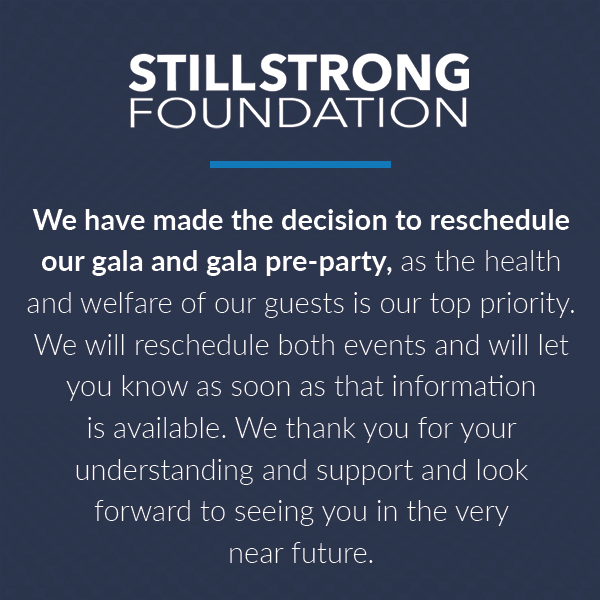You can help lower your child’s risk for cancer at a young age. This can be done by simply having a conversation with your child and teaching them certain preventative measures. Most parents don’t want to scare their kids, so these important conversations are not being had, but I want to encourage you to talk to your child about cancer prevention. The earlier you talk to them and they understand, the better. Here are a few simple things you should share with your children to help them be aware of the choices they make.
The risk of smoking and cancer
According to the CDC, 9 out of 10 people who smoke cigarettes first try them by the age of 18, and 98% by the age of 26. In 2018, more than 1 in 4 high school students and about 1 in 14 middle school students had used a tobacco product within a 30 day survey period. It’s extremely important to talk to your children about cancer and the effects of smoking and inhaling second hand smoke. Smoking can cause at least 15 different types of cancer.
With the increased number of kids vaping there are extreme consequences that come along with it. Vape devices, known as e-cigs, e-hookahs, mods, vape pens, vapes, tank systems and Juuls, contain four basic components: a cartridge or tank to hold e-liquid, a heating element known as an atomizer, a battery and a mouthpiece to inhale. When your child is vaping, their lungs are exposed to fine particles, metals, other toxins and nicotine which are all harmful. In addition, this put your teen at greater risk for cancer.
Drinking increases your risk for cancer
Many parents don’t want to believe that their children are participating in underage drinking or binge drinking if they are in college. The reality is by age 15, about 33% of teens have had at least 1 drink. By age 18, about 60% of teens have had at least 1 drink. Drinking alcohol raises the risk of some cancers. Drinking any kind of alcohol can contribute to cancers of the mouth and throat, and larynx (voice box). The less alcohol you drink, the lower the risk of cancer.
Protect yourself in the sun
Teach your child that extreme sun exposes and even a few sunburns can increase their risk for cancer. Sun exposure causes mainly basal cell and squamous cell skin cancer, while episodes of severe sunburns, usually before age 18, can raise the risk of developing melanoma. It is also important to talk to them about sunbathing and suntanning. Indoor tanning can increase your child’s risk by 75% for developing life-threatening melanoma from just one indoor tanning session. If your teen wants to enjoy the sun, educate them on wearing the proper sunscreen. It is recommended by the Skin Cancer Foundation to use SPF of 15 or higher every day. For extended outdoor activity, use a water-resistant, broad- spectrum (UVA/UVB) sunscreen with an SPF of 30 or higher.
Overall the more you talk to your child and help them understand why you are talking to them about making the right choices the better. As a mother, I talk to my 20-year-old son all the time about making the right choices. We can’t be with them all the time, but I believe what we say to them matters and will come to their memory when they are making a choice in life.
Priscilla Q. Williams, RN: Author, Speaker, Certified Life Coach, Global Nurse Educator www.priscillaqwilliams.com

